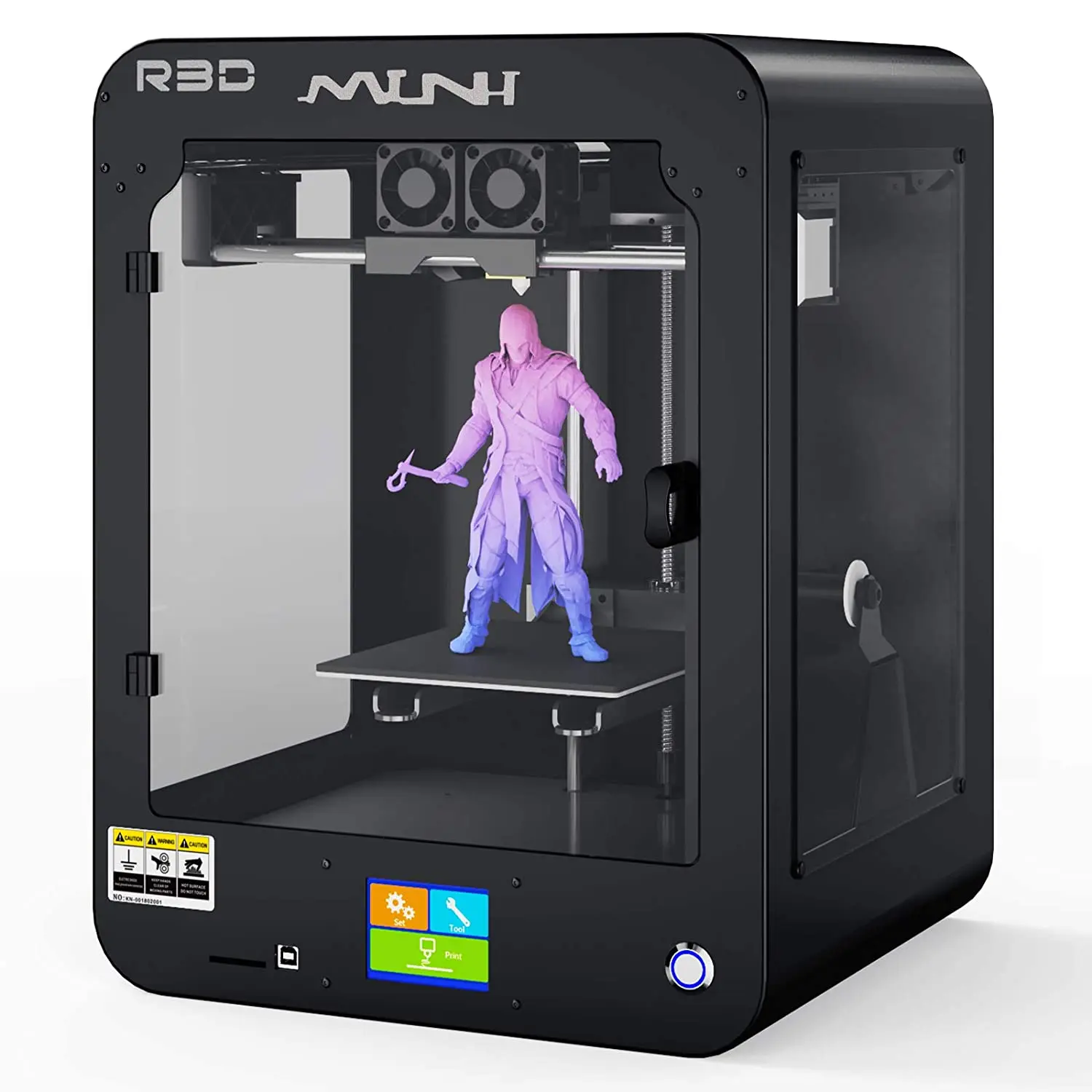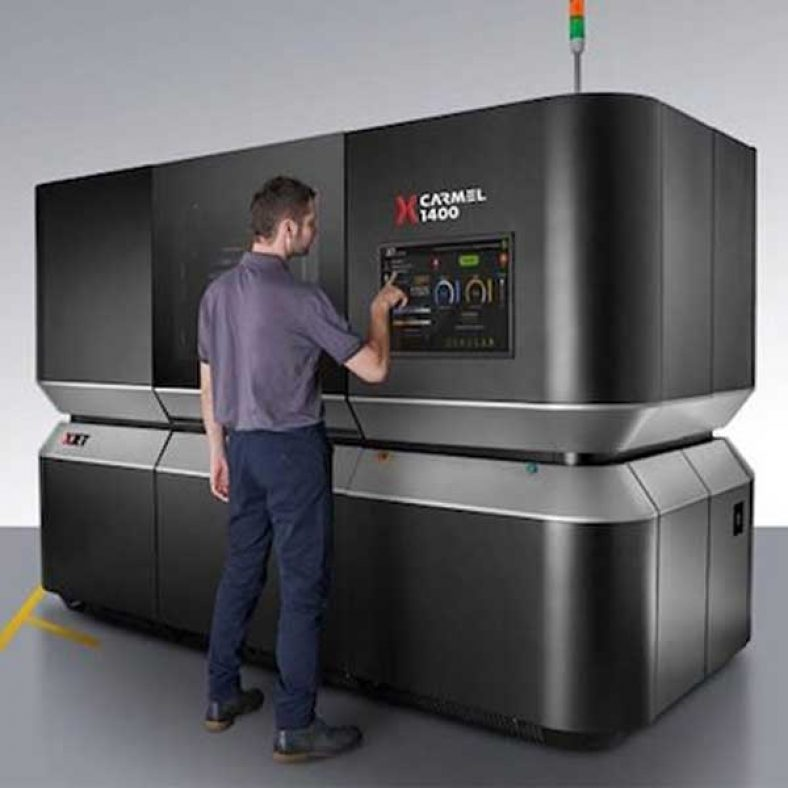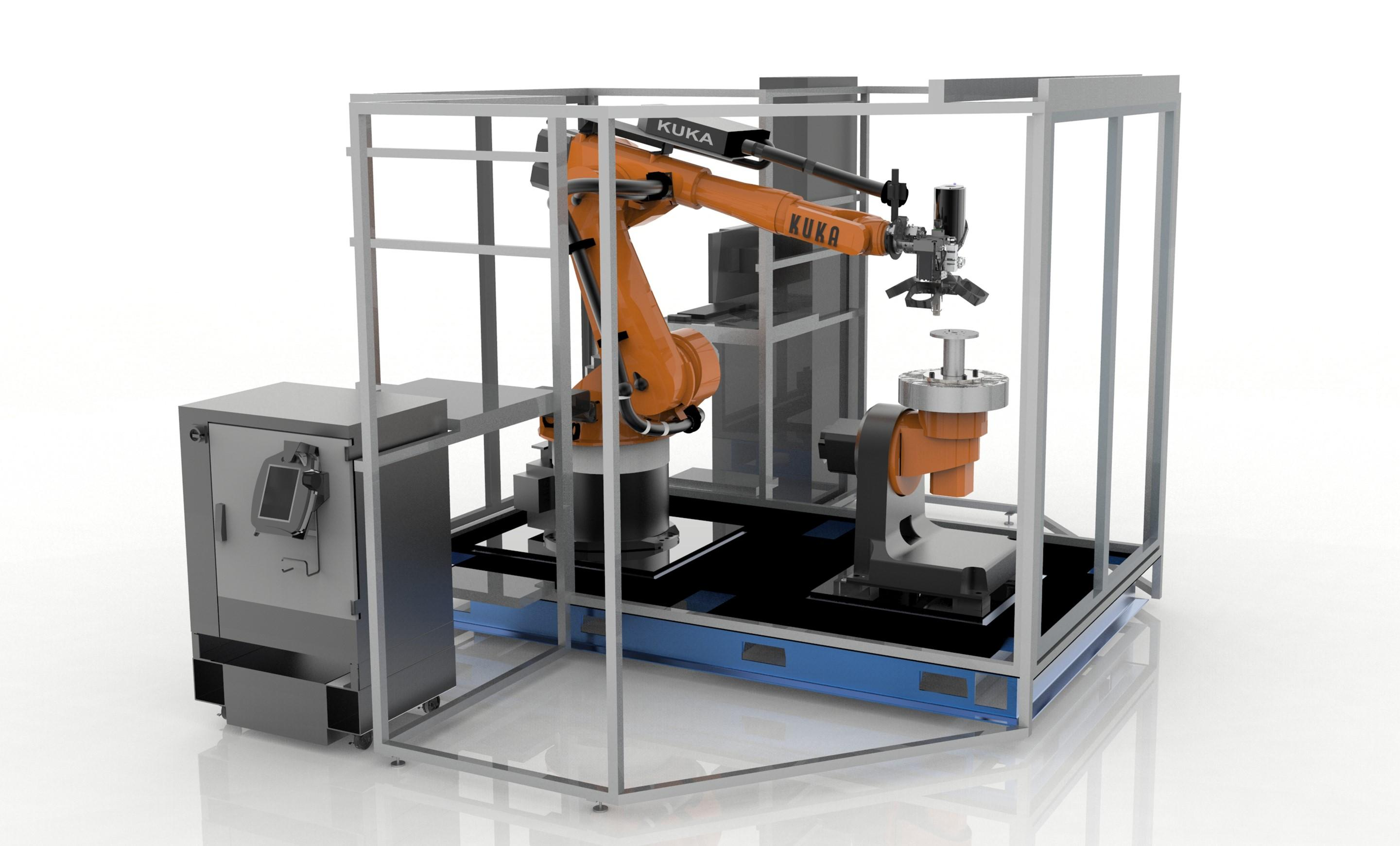3D bioprinting heart tissue represents a groundbreaking innovation in the field of personalized medicine, enabling researchers to create living cardiac tissues tailored specifically to individual patients. By utilizing advanced tissue-on-a-chip technology, scientists can replicate patient-specific genetic conditions in a controlled lab environment, facilitating more effective drug screening and cardiac tissue modeling. This revolutionary approach not only opens new avenues for testing potential therapies, but it also addresses the urgent need for more efficient and ethical alternatives to traditional drug development methods. At the forefront of this research are the experts from Harvard University, who are pioneering the integration of sensors within their bioprinted heart tissue, allowing real-time data monitoring that enhances our understanding of heart function. As this technology evolves, it holds the promise of ushering in a new era of patient-specific therapies that could significantly improve treatment outcomes for those with cardiac ailments.
In recent years, the concept of fabricating biological structures using 3D printing techniques has gained traction, particularly in the area of cardiovascular research. The development of heart-on-a-chip devices offers an innovative solution for modeling cardiac function and exploring therapeutic approaches tailored to individual patients. This novel technology not only provides a platform for examining the effects of various compounds on heart tissue but also integrates advanced sensing capabilities that facilitate ongoing data collection. As researchers strive to bridge the gap between traditional clinical studies and the need for rapid drug assessment, the emergence of 3D bioprinting in heart tissue engineering stands as a promising intermediary, paving the way for more personalized and effective medical solutions.
Advancements in 3D Bioprinting Heart Tissue
The ongoing advancements in 3D bioprinting heart tissue represent a significant leap in the field of regenerative medicine. Researchers are now able to create intricate heart tissue structures that mimic the natural environment of human organs. This innovation not only revolutionizes cardiac research but also opens the door to personalized medicine, where therapies can be tailored to fit an individual patient’s genetic profile. By developing functional heart tissue in vitro, scientists can study the effects of various drugs, offering a more precise methodology of testing than traditional animal models.
Moreover, the integration of sensors into these 3D bioprinted heart tissues enables real-time monitoring of biological responses. This capability is particularly crucial for drug screening and cardiac tissue modeling, providing data on how the tissue responds to different pharmaceuticals. As such, 3D bioprinting serves not only as an experimental tool but also as an essential component of developing patient-specific therapies that can significantly enhance treatment efficacy.
Personalized Medicine and Heart-on-a-Chip Technology
Personalized medicine has gained traction with innovations like the heart-on-a-chip technology. This approach allows researchers to use a patient’s own cells to create heart tissue that accurately represents their unique genetic makeup. This method aligns with the principles of patient-specific therapies, where treatments are tailored to better suit the individual’s biological characteristics. The development of tissue-on-a-chip systems presents a groundbreaking method for understanding various genetic diseases and their responses to therapies in a controlled laboratory environment.
In addition, the potential for these organ-on-chip devices to replicate specific genetic disorders paves the way for targeted drug screening. Researchers can simulate a patient’s response to various drug compounds, making it easier to identify the most effective treatments without the delays seen in conventional clinical trials. By leveraging these advantages, researchers aim to dramatically reduce development times for new therapies while simultaneously enhancing safety and efficacy for patients.
Drug Screening Innovations through 3D Bioprinting
With the rise of 3D bioprinting technology, drug screening processes are becoming more efficient and reliable. The ability to create cardiac tissues on a chip allows for high-throughput testing of drug compounds in a way that traditional methods cannot achieve. The integration of sensor systems into these chips provides critical insights into how heart tissues react under various conditions, which can streamline the overall drug development pipeline.
Furthermore, using human tissues derived from patients for drug screening significantly increases the relevance of the results obtained. Since the heart tissues are constructed from the patient’s own cells, the data yielded offers a more accurate prediction of how the treatment will perform in real-world scenarios. This is especially important in a landscape where the costs associated with drug development are soaring, and traditional animal testing is often criticized for its inability to predict human responses accurately.
The Role of Cardiac Tissue Modeling in Research
Cardiac tissue modeling through 3D bioprinting is pivotal in advancing our understanding of heart diseases. By synthesizing heart tissues that mimic the diverse functionalities of human myocardial cells, researchers can effectively explore the underlying mechanisms of cardiac conditions. This innovation enables the study of how various environmental factors and drugs impact heart function, facilitating the development of more effective treatments.
Additionally, this modeling allows for the assessment of disease progression in a dynamic environment, replicating the physiological conditions of a human heart. As a result, researchers can address critical questions regarding how specific therapies work at a cellular level. Such detailed insights pave the way for improved drug development strategies, enabling a more robust approach to tackling complex heart diseases.
Patient-Specific Therapies Leveraging 3D Bioprinting
Using 3D bioprinted heart tissues opens up exciting avenues for patient-specific therapies in cardiology. By transforming skin cells into cardiac cells specific to an individual, researchers can create heart-on-a-chip models that reflect the patient’s unique genetic makeup. This technology not only enhances the personalization of treatment plans but also minimizes the risk of adverse reactions, making therapies more effective and safer for patients.
The ability to customize therapies based on individual responses marks a profound evolution in the treatment of heart diseases. As more studies validate and refine this approach, it is likely that patient-specific therapies will become the standard in cardiac care, potentially leading to better management of chronic conditions and improved health outcomes for diverse populations.
The Future of Tissue-on-a-Chip Technology
The future of tissue-on-a-chip technology is bright as research continues to unveil its vast potential applications. Harvard researchers, among others, are refining their bioprinting processes to create increasingly complex tissues, which could include complete organ systems integrated into a single device. The ongoing development will not only improve the accuracy of disease modeling but will also streamline the drug discovery process.
Looking ahead, these advancements could lead to the widespread use of chop technology in clinical settings, where quick and reliable testing can occur before proceeding to human trials. This represents a significant shift towards more ethical practices in medicine, reducing the reliance on animal testing and ultimately advancing the field of regenerative medicine.
Harnessing Microfluidics in 3D Bioprinting
Microfluidics plays a critical role in enhancing the functionality of 3D bioprinted heart tissues. By incorporating microfluidic channels within the chips, researchers can control the flow of nutrients and oxygen while mimicking blood circulation. This environment is vital for maintaining tissue viability and functionality over extended periods, providing a realistic setting for testing and analysis.
Additionally, microfluidics allows for precise manipulation of the cellular environment, enabling researchers to study how different conditions impact cell behavior and drug responses. This degree of control is essential for developing highly targeted patient-specific therapies that can accurately reflect the complexities of the human cardiovascular system.
Challenges in Implementing 3D Bioprinting for Clinical Applications
Despite the advancements in 3D bioprinting, several challenges remain before widespread clinical adoption can occur. One significant hurdle is scaling up the bioprinting process for mass production without compromising the quality and functionality of the tissues produced. Researchers must develop standardized protocols that ensure consistent results across different applications.
Another challenge is integrating these technologies into existing healthcare frameworks. For 3D bioprinted tissues to be utilized effectively in clinical settings, regulatory pathways must be established to evaluate their safety and efficacy. Collaboration between researchers, regulatory bodies, and the medical community will be essential for overcoming these obstacles, paving the way for innovative treatments to become a reality.
Ethical Considerations in 3D Bioprinting
The ethical implications of 3D bioprinting in medicine must be carefully considered as technology progresses. The ability to create human tissues raises questions about the ownership of biological materials, especially when derived from a patient’s own cells. Ensuring that patients have informed consent and understanding of how their cells will be used is paramount to maintaining trust within the medical field.
Moreover, as personalized therapies become more commonplace, equity in access becomes a concern. It is crucial that advancements in 3D bioprinting are available to diverse populations to avoid widening the gap in healthcare disparities. Policymakers and stakeholders must work collaboratively to develop frameworks that promote fair access to these groundbreaking technologies, ensuring they benefit all patients equitably.
Frequently Asked Questions
What is 3D bioprinting heart tissue and how does it relate to personalized medicine?
3D bioprinting heart tissue involves using advanced printing techniques to create living heart tissue that can mimic a patient’s own cells. This technology is integral to personalized medicine as it allows for the creation of patient-specific heart tissues that can be used for studying diseases and testing treatments tailored to individual genetic profiles.
How does tissue-on-a-chip technology enhance drug screening using 3D bioprinting heart tissue?
Tissue-on-a-chip technology integrated with 3D bioprinting heart tissue allows researchers to replicate the microenvironment of heart tissues. This setup enhances drug screening by enabling the monitoring of the heart’s response to various compounds in real time, leading to more accurate assessments of drug efficacy and safety without the ethical concerns associated with animal testing.
What are the benefits of using cardiac tissue modeling in research and drug development?
Cardiac tissue modeling through 3D bioprinting enables scientists to create realistic heart tissues that replicate human physiology. This approach improves drug development by offering a controlled environment to study heart function, observe disease progression, and test therapies specifically formulated for individual patients, ultimately leading to better therapeutic outcomes.
Can 3D bioprinting heart tissue help in developing patient-specific therapies?
Yes, 3D bioprinting heart tissue can significantly aid in developing patient-specific therapies. By converting patients’ skin cells into stem cells and then into cardiac cells, researchers can create heart tissues that reflect a patient’s unique genetic makeup, allowing for personalized treatment plans and precise therapeutic interventions.
What role do sensors play in 3D bioprinted heart tissues for drug screening and cardiac research?
Sensors integrated into 3D bioprinted heart tissues play a crucial role by providing continuous data on the tissue’s functionality, including heartbeat strength and rate. This real-time monitoring is essential for assessing how the heart responds to various drugs, making it a powerful tool for advancing cardiac research and improving drug screening processes.
How does 3D bioprinting heart tissue compare to traditional methods of drug testing?
3D bioprinting heart tissue offers several advantages over traditional drug testing methods, such as reduced reliance on animal models, shorter research timelines, and lower costs. By creating human-like cardiac tissues, researchers can obtain more accurate data on drug effects, leading to quicker and more efficient drug approval processes.
What advancements in 3D bioprinting heart tissue technology were highlighted by Harvard researchers?
Harvard researchers have made significant advancements in 3D bioprinting heart tissue, particularly by creating a programmable heart-on-a-chip that allows for customization using a patient’s own cells. This technology includes integrated sensors for real-time data collection, enhancing disease modeling and drug testing capabilities for personalized therapies.
How does 3D bioprinted heart tissue contribute to the future of regenerative medicine?
3D bioprinted heart tissue contributes to the future of regenerative medicine by allowing for the development of sophisticated models that replicate human heart conditions. These models can be used not only for drug testing but also for studying heart diseases and developing novel therapeutic strategies that can regenerate damaged tissues, paving the way for innovative treatments.
| Key Point | Details |
|---|---|
| Research Institution | Harvard University, specifically the John A. Paulson School of Engineering and Applied Sciences and the Wyss Institute for Biologically Inspired Engineering. |
| Technology Used | 3D bioprinting technology to create heart-on-a-chip with integrated sensors for personalized medicine. |
| Key Features | The chip allows for the measurement of heart tissue data, including heartbeat strength and rate. |
| Significance | Enables replication of genetic disorders in a lab, allowing for patient-specific drug testing and potential therapies. |
| Comparison with Traditional Methods | Reduces dependence on clinical studies and animal testing, saving time and costs associated with drug testing. |
| Customization Capabilities | The device can be tailored using a patient’s own cells for more accurate results in therapies. |
Summary
3D bioprinting heart tissue represents a revolutionary approach in personalized medicine, allowing researchers to create functional human heart tissues that match a specific patient’s genetic profile. The significant advancements made by Harvard University researchers in developing heart-on-a-chip devices with integrated sensors underscore the potential to transform how we understand and treat cardiac diseases. With a focus on replicating patient-specific conditions in a lab setting, this innovative technology promises to enhance drug testing and therapeutic applications, paving the way for personalized treatments that could dramatically improve patient outcomes.


